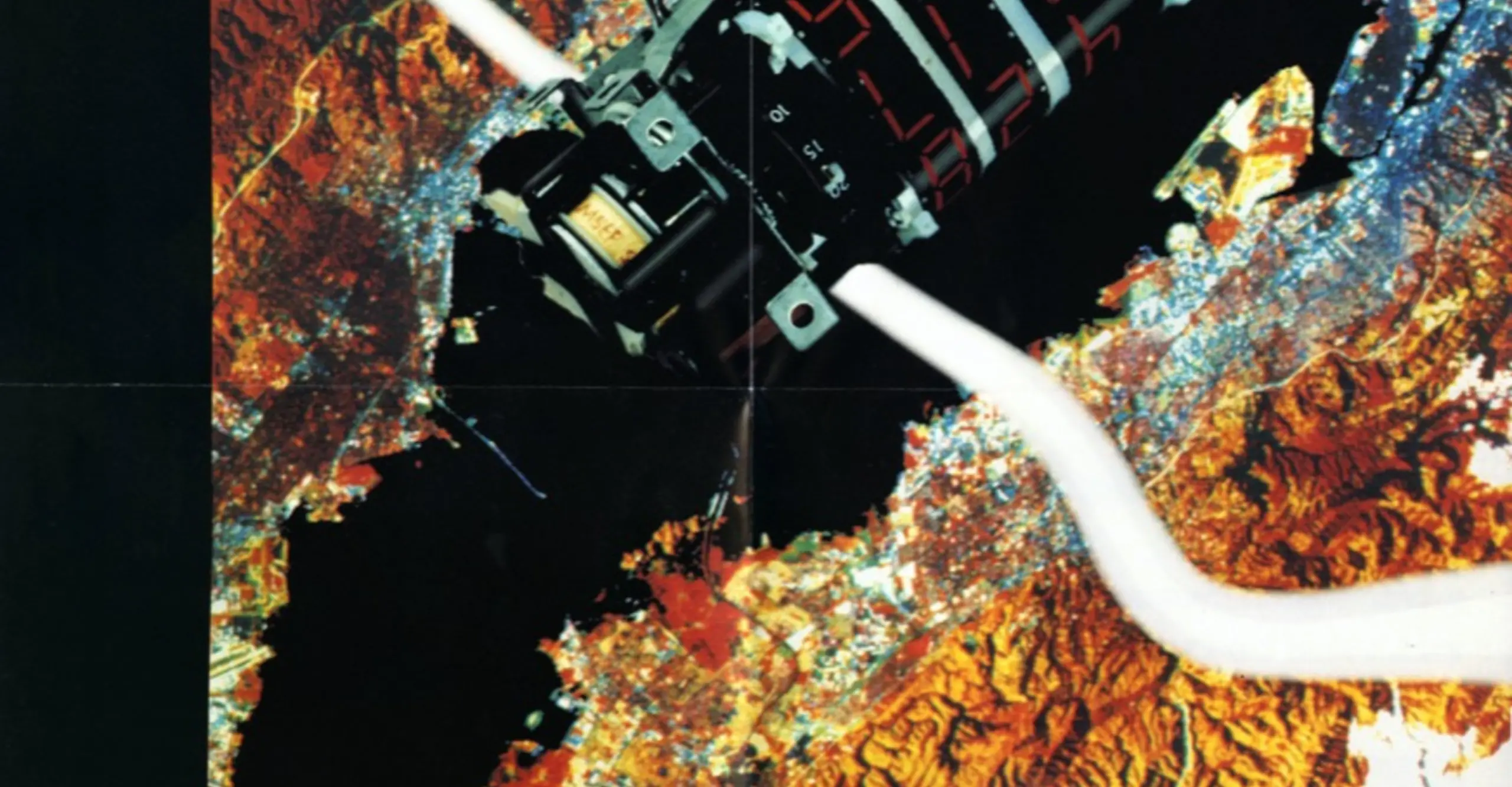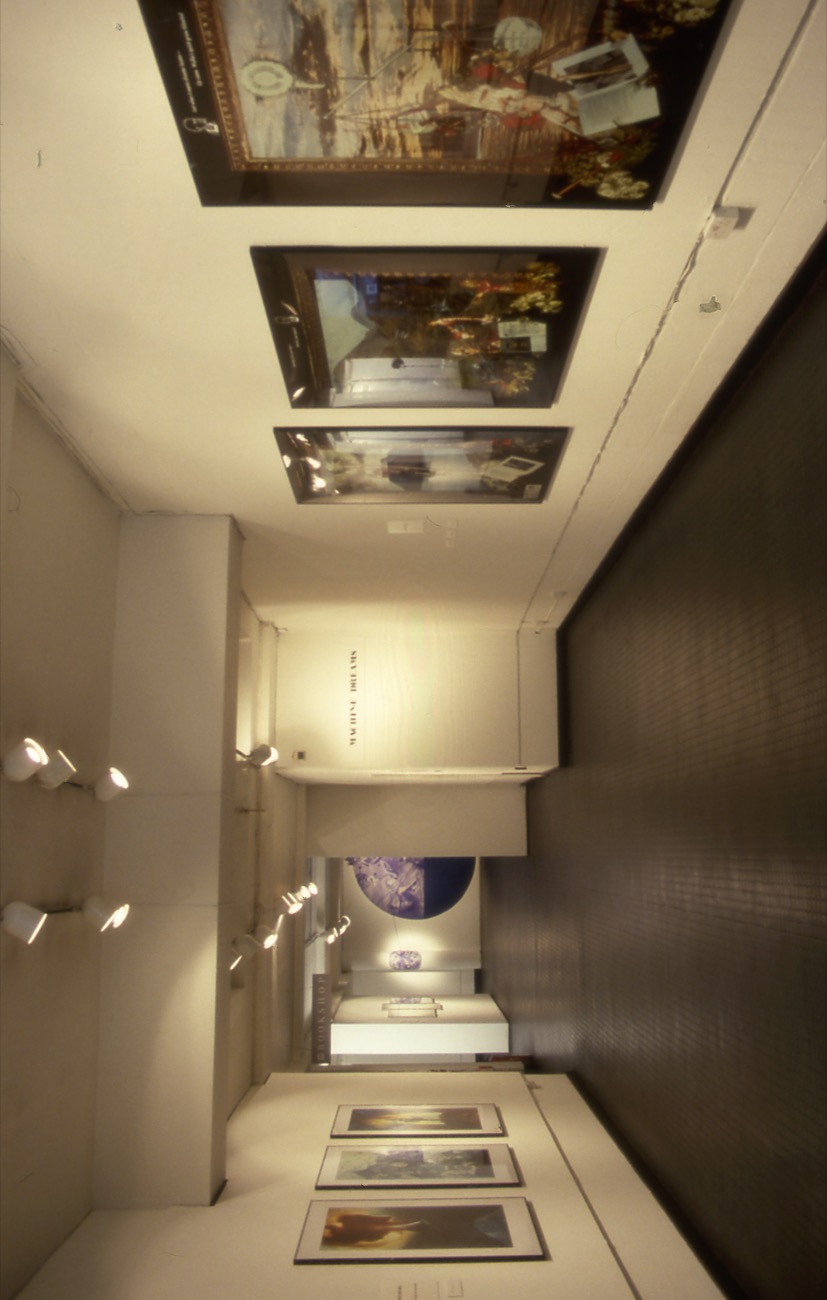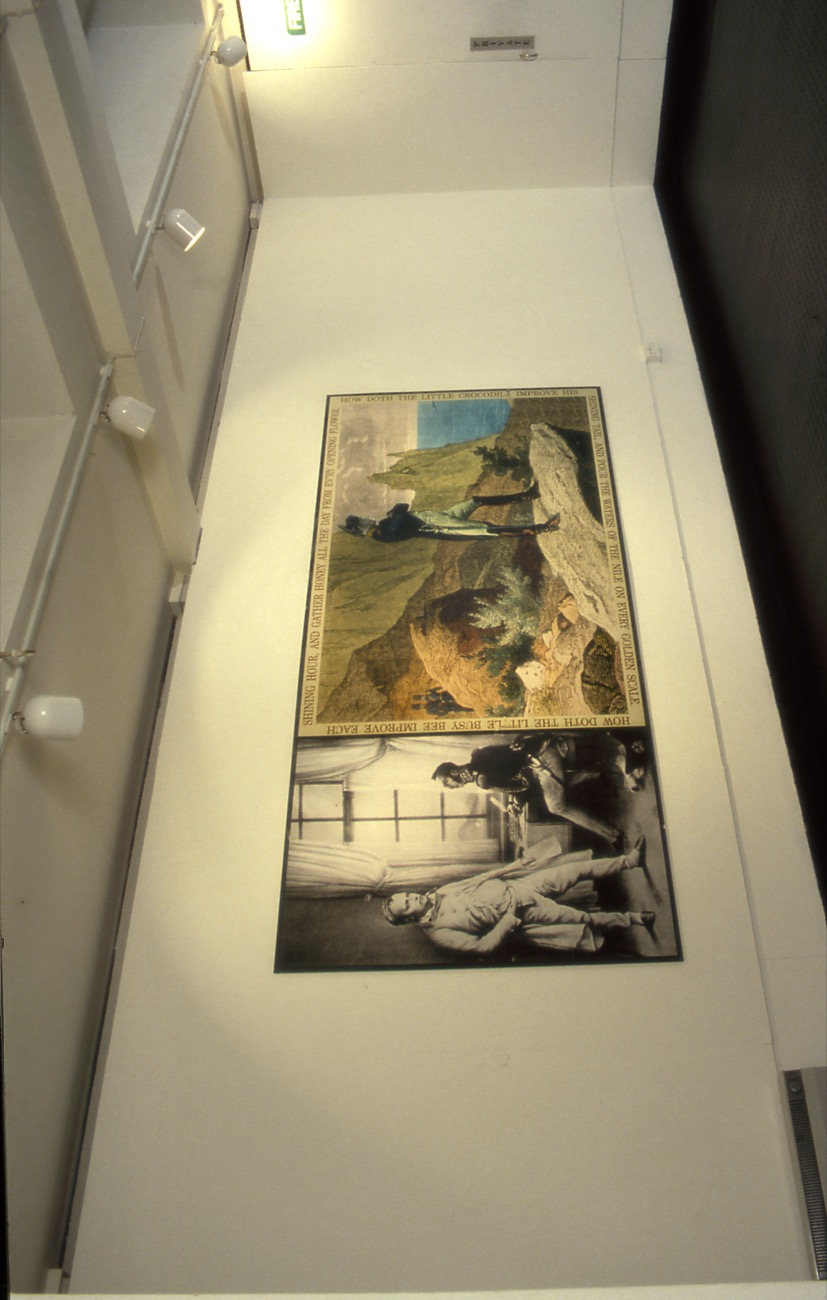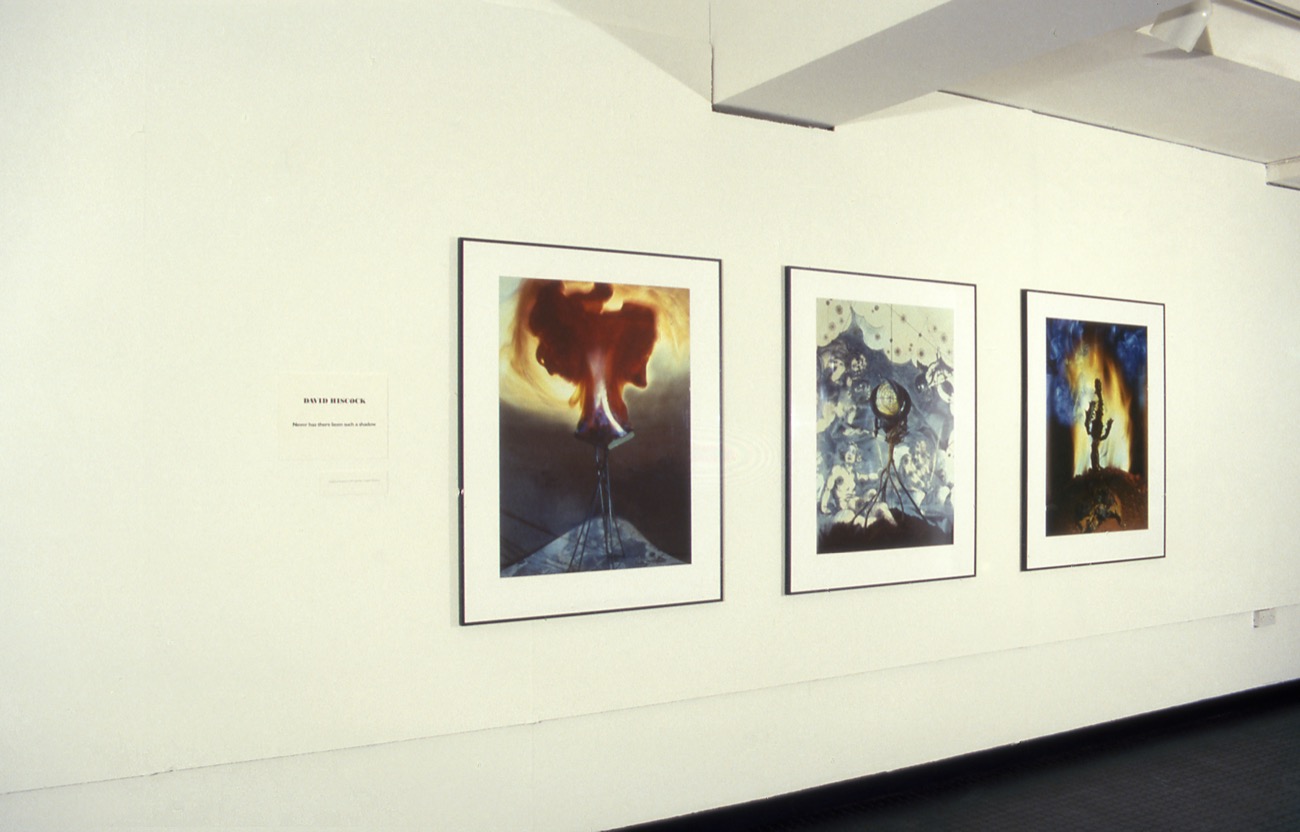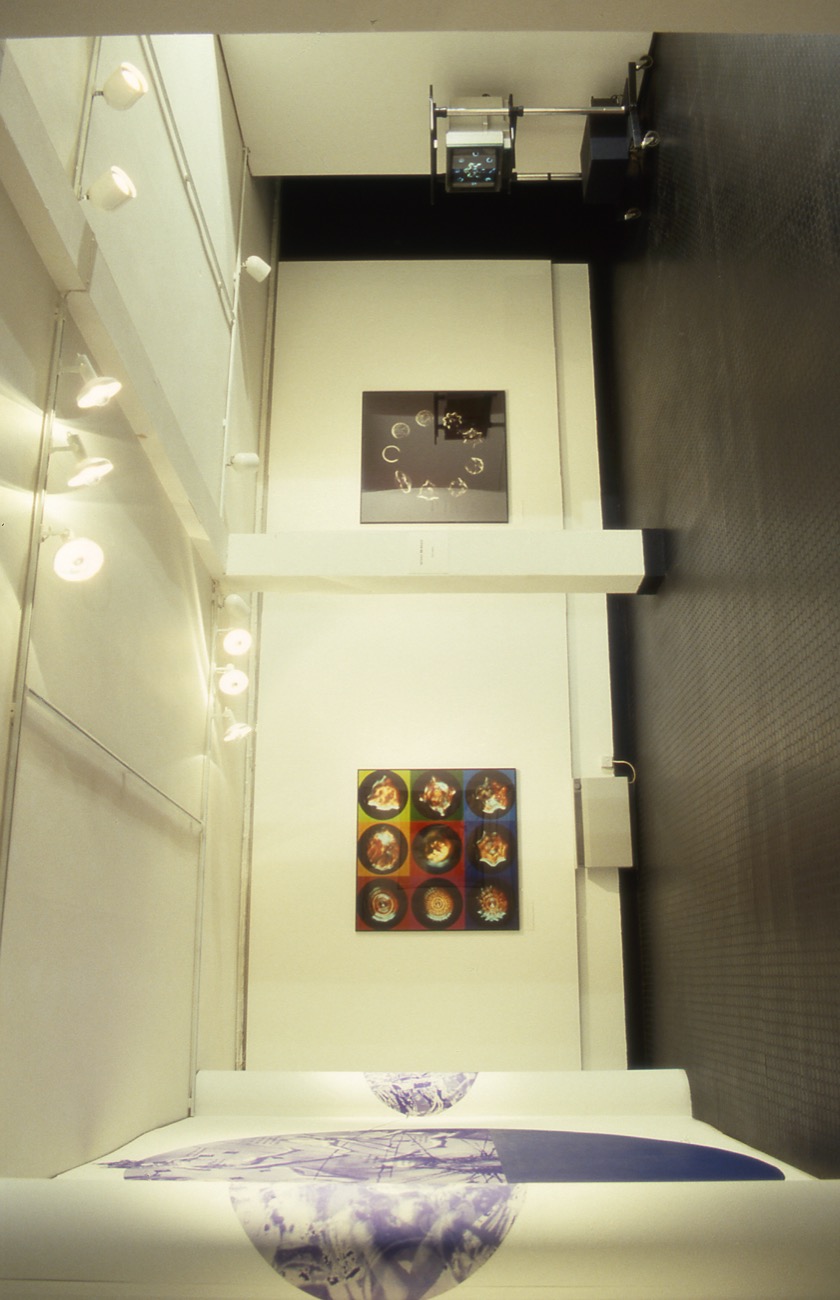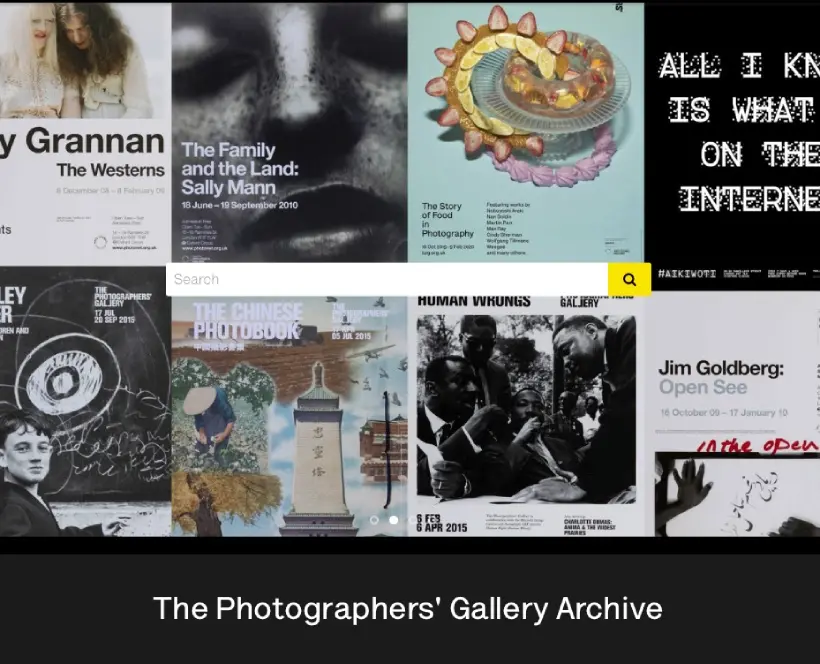The exhibition Machine Dreams marks the 150th anniversary of the birth of photography not as a celebration of the medium's past achievements but as an enquiry into its potential future. Over the last decade it has been the growing interaction between photography and computer technology that has provided perhaps the most enticing glimpse of how the photographic image will evolve. The exhibition sets out to test the nature of this developing relationship at a time when computer enhanced images are increasingly reshaping our patterns of visual communication.
For commercial and independent photographers alike the computer has opened up whole new areas of creative choice and philosophical debate, yet practical hands-on experience with computer imaging equipment is not widely held. With the cost of the equipment and of securing valuable 'machine time' still obstacles to most would-be users, access has been generally restricted to what A. D. Coleman has called a 'technocratic elite'. The idea of this exhibition was therefore to intervene in this situation, to explore some of the aesthetic and ideological issues surrounding computer enhanced imagery by inviting a number of photographers and artists, representing a broad range of practices, to produce new work with the help of state of the art computer technology.
The rapid extension of possibilities for the photographic image is a source of great excitement and fascination, but the promise of a future of boundless visual potential has other, less inspiring implications. The advent of computer enhanced imagery signals the final demise of the notion of photographic veracity; in this context the photograph, now infinitely malleable, becomes not only open to, but conditioned by the tenets of misrepresentation and deceit. The proliferation of such imagery in the arena of mass media communications would secure the ultimate control of information - a regime of perfect simulation.
This duality lies at the heart of Machine Dreams. In much of the work free experimentation is tempered by a note of caution. Technology is used to question its own power and significance.
The exhibition itself is split into two parts. In the first a number of leading contemporary artists whose work is based around the photographic image have brought computer technology to bear on a piece of current work. In some cases, such as the images of Graham Budgett, Edwina Fitzpatrick and David Godbold, the work reflects directly on the status of technological innovation. Questioning its role within the complex web of history and myth that governs the terms of progress in our culture. For the intricate, multi-faceted work of artists such as Calum Colvin and David Hiscock the computer has offered an opportunity to work through new ideas and formal problems, suggesting alternative directions but also prompting a reassessment of the value of more conventional photographic processes.
By contrast the second part of Machine Dreams consists of images by photographers who work within commercial and applied photography, and is a more detailed investigation into the processes of computer imaging. Here the photographers have attempted to push the technology to its limits, to produce pictures that openly display the virtuosity (or in some cases the limitations) of the machines.
There is in all this no sense of a vindication of the role of computers in the production of images. The exhibition presents essentially a fluid exchange of information, a stimulating conflict of priorities. It is a base from which, hopefully, further co-operation can develop between those who produce and control this beguiling technology and those who might expand on its sphere of reference.
Written in the Exhibition Leaflet by David Chandler, Exhibitions Organiser
Featuring David Buckland, Graham Budgett, Calum Colvin, Mike Dean, Susan Derges, Steven Dowsing, Edwina Fitzpatrick, Adrian Flowers, David Godbold, Tessa Traeger, Heather Angel, Jon Bradey, Andrew Downs, Liz Ashton-Hill, Richard Nicolle & Paul Smith.
The exhibition was split over two galleries: Bill Brandt Room, 15. September - 4 November 1989 and Tom Hopkinson Room, 08 August - 7 October 1989
For further information on this and past exhibitions, visit our Archive and Study Room.
